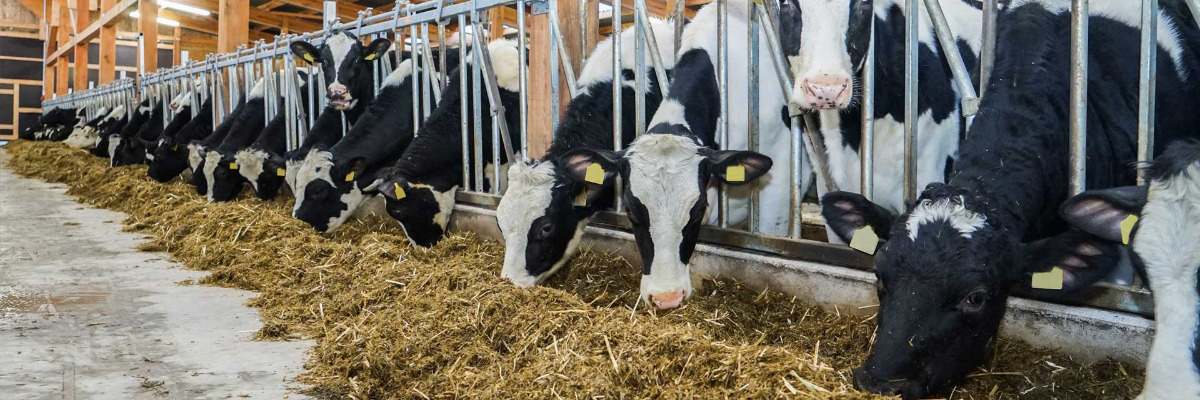TMRTMR
TMR

TMR
Especially in the warmer months of the year, the TMR often warms up. In particular, silage that is rich in energy and nutrients tends to reheat quickly. The introduction of air during the preparation of the mixture encourages silage pests (yeasts and fungi). For example, you breathe in sugar and starch and the TMR gets warm. Feed losses increase, feed quality decreases and feed intake decreases. Reduced feed intake of 30% and more is not uncommon.
Various preservatives can be used to avoid reheating of the TMR. You ensure the quality, the TMR remains stable and does not heat up in the feed trough. Palatability and thus feed acceptance are assured.
The recommended application rates vary depending on the product used and its composition. The germ pressure of the silage and the weather conditions also influence the application rate. If necessary, the dosage should be adjusted accordingly. When using it, make sure that the products are evenly mixed into the TMR.
Find causes
If the TMR gets warm, the actual causes of these problems should always be found. This is the only way to take appropriate preventive measures. It is recommended that you work through the following questions.
If one of the silages used has insufficient aerobic stability and this causes the TMR to warm up, the cause must also be clarified here.
Feed is crucial
The most effective measure against reheating / mold growth is to increase the feed rate in the windrow. Minimum feed requirements are 1.5-2m per week in winter and 2.5-3m per week in summer. Increases are sometimes possible with the help of changes in the ration design. In addition, the silo geometry should be checked and, in the coming year, the animal population and the minimum requirements for the feed. Changes are often not possible here due to the location. In this case, the aerobic stability of the respective silage must already be ensured during ensiling by using suitable silage additives (BioCool).
Treatment of the cut surface
Spraying the cut surface with suitable agents is still considered a so-called "first aid" measure. Buffered acids are usually used (Lupro-Mix NA, Grain Save NC). The effect of the agent used on the gate surface improves when it is bevelled. All in all, however, one must be aware that the agent can only penetrate a few centimeters into the cut surface and its effect is therefore limited.
Conclusion
It is difficult to subsequently avoid reheating and mold growth. Sufficient feeding, treatment of the cut surfaces or the mixture in the feed wagon, for example with Grain Save NC, can help to prevent the worst. However, it is better to work carefully during storage and to use a suitable ensiling agent (BioCool).
Read more about the individual products here.